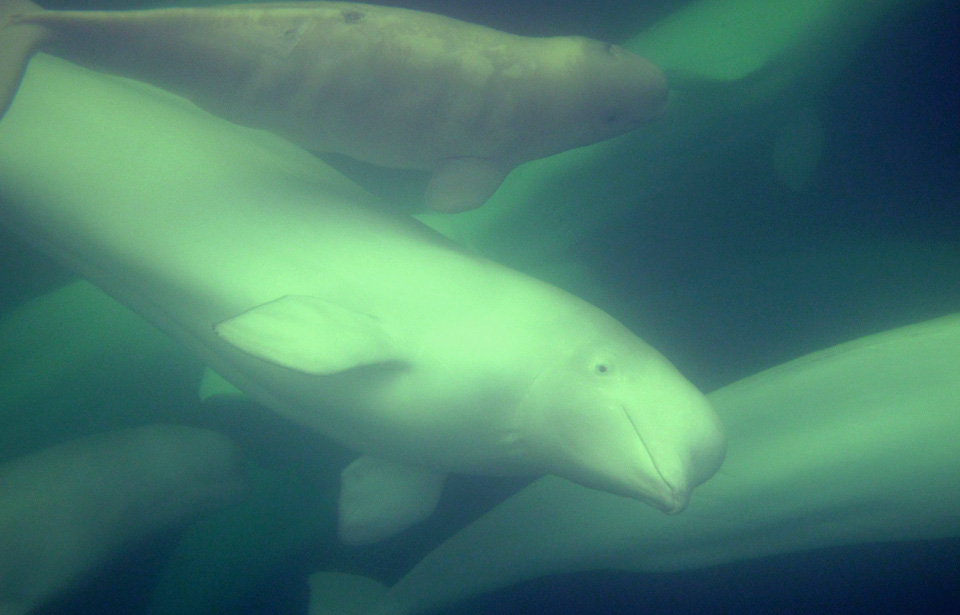No matter where on Earth you live, you’re in a watershed. On a larger scale, you’re in a drainage basin too. If your home is within 60 kilometres of the ocean, you’re in a coastal zone as well. Whatever happens to water in your area will affect aquatic ecosystems further downstream in your watershed and within your coastal zone.
***
Protect Coastal Zones and Watersheds
How healthy is your watershed? Here’s how to find out — and to take action if the situation needs improving.
Dare to compare:Compare ideas and share information with another community in your watershed or coastal zone.
Stamp out debris: Find out if your community has the means to deal with trash in aquatic areas. Organize a beach, stream, or wetland cleanup, or adopt a watery ecosystem near you and spruce it up from time to time.
- Examine the litter you find. Can you tell where it’s from? Is there any garbage along the coast that may have come from another country?
- Are there enough containers to stash recyclables and trash in the area? If not, ask local authorities to supply them, or do so yourself. Get permission to stencil messages on garbage containers to remind people that litter harms wildlife.
- Come up with creative ways to reuse and recycle debris. For instance, in coastal areas, collect scraps of fishnet and offer them to fishers to patch their nets. You could also use cleaned-up net scraps in crafts or as climbing gear in a gym or schoolyard.
Pollution solution: Inspect your home, workplace, or school for sources of pollution. Are there many throwaway products in use that could pollute aquatic ecosystems? How many are consumed weekly, monthly, or yearly?
- Recommend ways of reducing pollution to your municipality. Consult your library for books recommending environmentally friendly alternatives to wasteful or hazardous products.
- Post friendly notes around home, work, or school, reminding people to use non-hazardous products and to reduce, reuse, and recycle.
- Follow up your anti-pollution campaign after several months with another inspection. If practices have changed, post a chart comparing pollution generated at home, work, or school before and after your campaign.
On a larger scale: Inspect a local sewage treatment plant. Find out what pollution controls are in place by interviewing a responsible official. Here are some questions you might like to ask:
- How old is the facility?
- How much sewage does the plant process weekly, monthly, and yearly?
- What sewage treatments are employed?
- How is harmful bacteria eliminated?
- Are any other chemicals or substances removed?
- What happens to sludge once it’s treated? Have studies been done to ensure that this sludge doesn’t harm the environment?
- Are storm drains used to handle sewage overflows? Where do they lead? If you suspect that your sewage treatment plant is polluting the environment:
- Report the situation to your provincial or territorial environment ministry.
- Consult with biologists or wildlife experts to learn how wildlife and habitat may be harmed. These specialists might also help you find solutions.
- Present your findings to your municipal council.
- Continue to monitor the situation. Change sometimes takes a while, but steady pressure can bring about results in the long run.
***
Test the Waters
You can learn a lot about the health of your watershed with the help of a standard water quality testing kit.
- Use a pH test to determine if water is acid or alkaline. Healthy waters are often slightly alkaline because of carbon dioxide content. Too much alkalinity may indicate sewage pollution. Acidity often points to industrial pollution.
- Tests for nitrates and phosphates show if plant nutrients are present, and may indicate pollution from sewage or fertilizer run-off.
- A Secchi disc tests for turbidity (lack of water clarity). It measures the amount of light available to aquatic plants. High turbidity may point to serious erosion or other pollution.
- Tests for water hardness show the amount of minerals (mostly calcium and magnesium ions) available to aquatic plants and animals.
- Testing the temperature of water gives a clue to its oxygen content, since cooler water contains more oxygen. Your biology text or a fisheries biologist can tell you what temperatures are suitable for different fish species.
***
Water-testing Tips
Measuring conditions in the environment is often a challenge. Any environment, such as a beach or lake, includes many different parts, so it’s difficult to take measurements of it. To deal with this challenge, scientists take samples in a way that provides findings that are representative of an entire test site. In other words, they want their measurements to reflect actual values as closely as possible. Here are some sampling basics:
- Do all tests and measurements three times — at each of three separate locations, spaced evenly apart within your test site (scientists call these locations “sampling stations”).
- Record the results for each test before moving on to another sampling station. To avoid confusion, write the name or number of each sampling station beside all test results recorded there.
- Average the three results for each sampling station. Then, average results for all three sampling stations. What are the highest values? What are the lowest values?
- If a test isn’t too expensive, you can increase the number of sampling stations. This strategy gives a more accurate average over the entire test site. Increasing the number of samples taken at each station improves the accuracy of results at that sampling station.
- For more expensive tests, you can reduce the number of samples taken at each station. While accuracy is reduced, this method allows for broader coverage of your test site.
- Plot your results on a chart. Remember to note wind and weather conditions that might affect readings. Do your findings indicate water pollution? If so, can you track down its source? Compare your results with those of other communities in your watershed or coastal zone.



